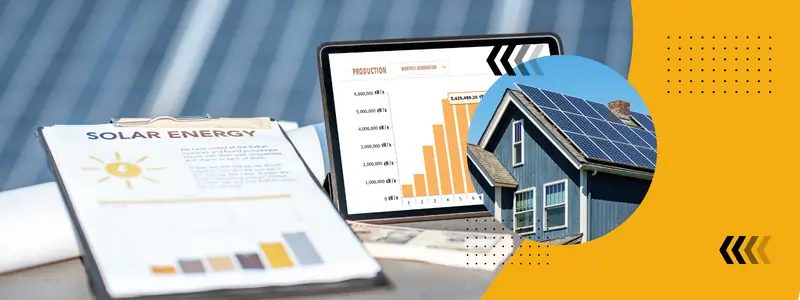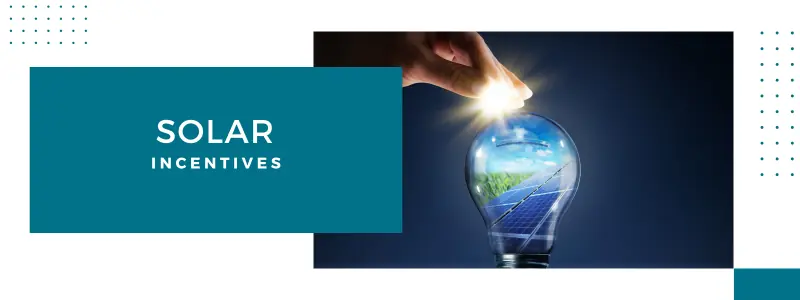Discover the Power of Solar Energy in Indiana!
Welcome to Indiana, a state celebrated for its rich agricultural heritage, bustling industries, and now, its growing interest in the solar energy frontier. With an advantageous mix of sunny and clear days, Indiana provides a promising platform for the adoption of solar power. This opportunity invites homeowners and businesses to explore the benefits of clean, renewable energy, aligning with the state?s commitment to sustainability and economic growth. Supported by robust incentives aimed at lessening the financial burden of initial installation and driven by a community increasingly focused on environmental preservation, Indiana is poised to embrace a solar energy transformation. Learn how tapping into Indiana?s solar potential can light up your home, reduce your energy bills, and foster a cleaner, greener environment right here in the Hoosier State. Join us in harnessing the sun?s boundless energy and moving towards a brighter, more sustainable future in Indiana.
Explore Your Rooftop's Solar Potential
Discover how much solar energy your rooftop can generate. Enter your address below:




